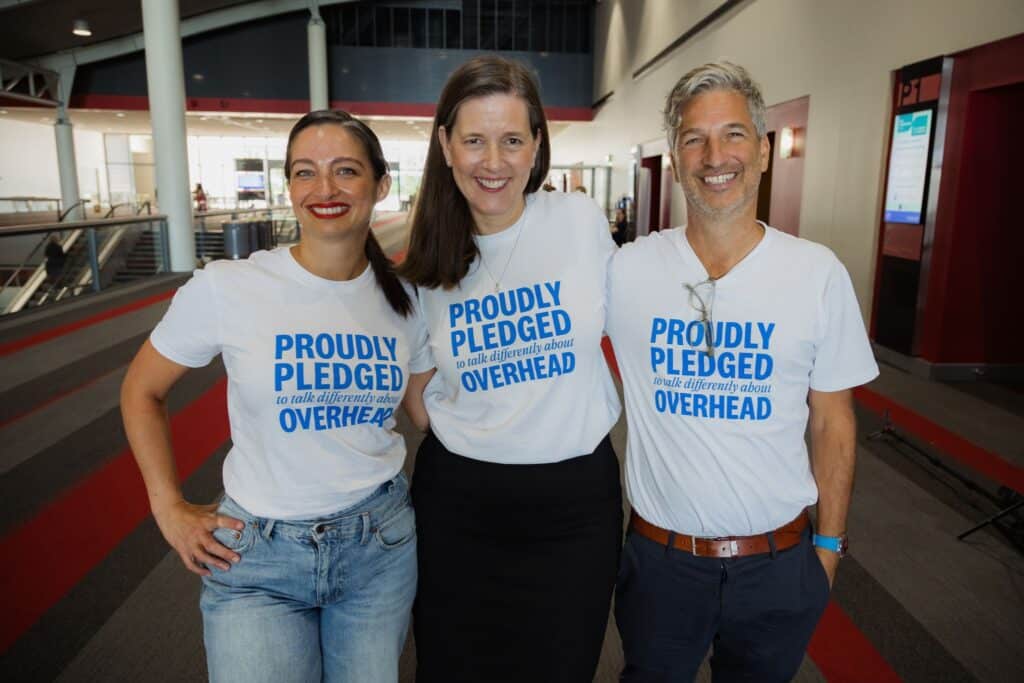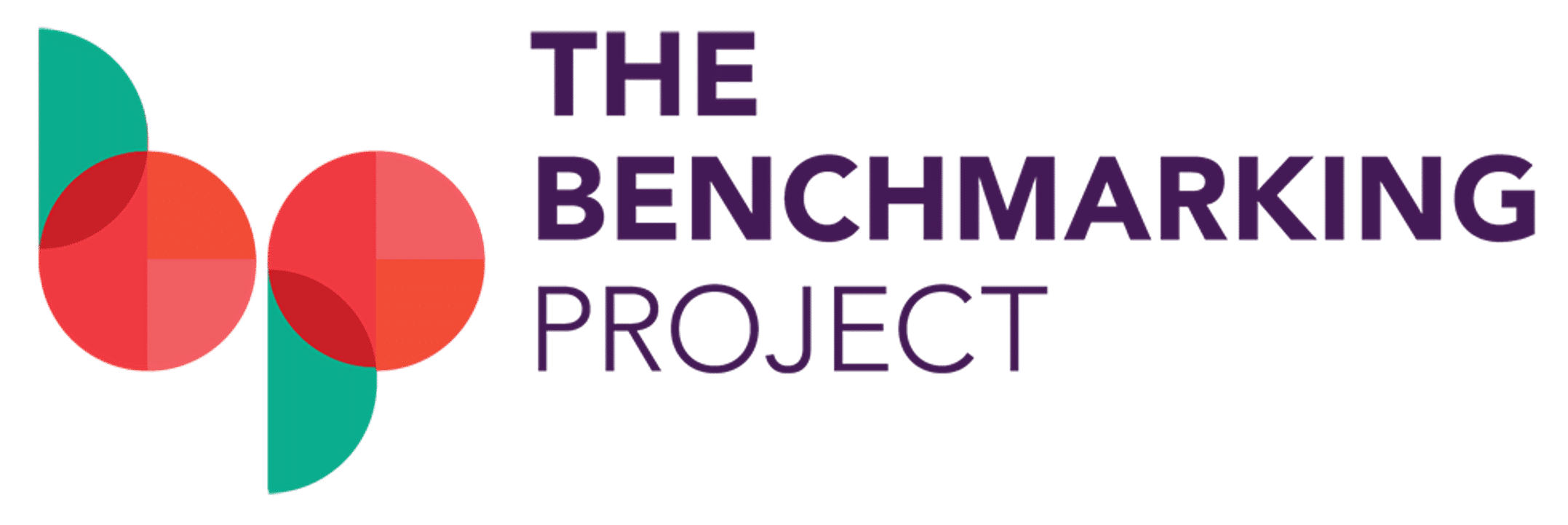By Lisa Allan FFIA and GAICD, The Smith Family
This article describes:
Background
Dan Pallotta started his Uncharitable activity back in 2008 with his first book that highlighted the inequity that exists for not for profits – the unjust focus not on what they get done, but how little they spend doing it. In the 15 years since there have been multiple conversations and activities to highlight and explain the ‘not for profit starvation cycle’, but overall it has remained unsolved.
In March 2022 Social Ventures Australia (SVA) and the Centre for Social Impact (CSI) launched their Pay What It Takes report following a literature review of international research as well as Australian research including the financial analysis of over 16,000 charities using ACNC data, and key stakeholder interviews. The key findings of the report were:
- Indirect costs do not indicate the efficiency or effectiveness of a not-for-profit (NFP)
- NFPs ‘true’ overhead costs often far exceed the amount they are funded
- Caps on overheads lead to lower capability and effectiveness
- The drivers of underfunding are complex and interrelated – can’t be solved by standardising
Overwhelmingly, the data shows that overheads are not a good measurement of a ‘successful NFP.’
The Pay What It Takes report came about through the efforts of a Pay What It Takes (PWIT) Industry Coalition including oversight from a Steering Committee across a broader Pay What It Takes project. (The Steering Committee is listed on page 2 of the report linked above.)
My CEO, Doug Taylor, was involved in the launch of the PWIT Report back in March 2022. Following that launch, SVA and CSI invested in awareness raising and delineating the problem in the industry and focused on the funders audience to create change. About a year later, he asked me what we (The Smith Family and the fundraising community) could do to support the aims of the initiative. The more I looked into it, the more I believed there was a clear role for NFPs to take charge of our narrative and begin the reframe journey.
I started in Feb 2023 by putting up a couple of LinkedIn posts as a baited hook to see if any of my fellow fundraisers would be interested in joining together to talk about and determine how we could tackle the issue, with the aim of creating more long-term sustainability by changing social perceptions to support the true costs of the vital services we deliver. I amassed a group of 15 talented fundraising leaders (including myself), all enthusiastic to create change on the subject, and the Pay What It Take Charity Consortium Australia (PWIT Charity Consortium) was born.
Over the course of three meetings, we developed a plan to lead a transformative campaign working with Australian NFPs to address the critical challenge of the crucial, but often underfunded, area of overhead costs. The new campaign aimed to address the unequal battle faced by organisations trying to keep overhead costs down while still delivering on their purpose. Our first step was the development of research informed education resources to launch at the 2024 FIA conference as a pilot to engage and rally a wider group of fundraisers to help create change and build a more sustainable sector.
Why is the issue of overhead costs such an important one for the sector?
As the Pay What It Takes report highlighted, building robust infrastructure has been correlated to an organisations ongoing success, with caps on overheads leading to lower capability and effectiveness of an organisation. By working with funders to have a true understanding of what sustainable and effective organisations look like and need, we can ensure we have what we need to create more impact.
The Bridgespan Group states: ‘As unrealistic overhead expectations place increasing pressure on organizations to conform, executive directors and their boards can find themselves under-investing in infrastructure that is necessary to improve or even maintain service-delivery standards, particularly in the face of growth. In the short-term, staff members struggle to “do more with less.” Ultimately, though, it’s the beneficiaries who suffer.’
The Pay What It Takes report found that anything less than 29% expenditure on what is commonly called ‘overheads’ is probably unrealistic and may even damage an organisation. The report highlights the average indirect costs of the not-for-profits analysed was 33% of the total costs, with significant variation between 26% and 47%. This is comparable to the minimum of 29% indirect cost funding found in a US study of 130,000 charities. By contrast, funding agreements often only included indirect costs of between 10% and 20% of overall costs. A significant proportion of not-for-profits stated that they underreported their indirect costs to funders due to a pervasive belief that funders are unwilling to fund more than 20% of indirect costs.
Whilst the ACNC reports on the difficulty in finding a ‘one size fits all’ solution,’Iit can be inaccurate to use administrative costs as a way to compare the impact or effectiveness of a charity. For example, a charity that provides health services in the inner city may have higher administration costs (rent, staff costs, equipment) than a charity that runs a temporary meal service for the homeless in regional communities (using food donations and not having to pay rent). However, the higher administration costs don’t mean that the first charity is providing its services less effectively or making less of an impact than the second. Despite their different levels of administration costs, both charities may be as effective and impactful as each other.’
Overall, not for profits shouldn’t be judged, or judged unfairly, for expenditure. Each needs the critical infrastructure and investment to do their best work and enable their amazing impact. Plus, no one charity should go at this alone… it takes a sector united to create change.
- An overarching Reframe Overhead ‘movement’ that asks a fundraiser to pledge their personal support to help create change and build a more sustainable sector. This and our two key artifacts are housed at reframeoverhead.org
- The Research Report. Synthesising extensive research, including a literature review, analysis of charity communications, surveys of over 1300 fundraisers and donors as well as digital trends analysis across SEO and google analytics of NFPs accounts, all to provide a comprehensive overview of the current landscape and inform actionable insights for the charity sector, which are summarized in:
- A NFP Guide. This short guide contains the key facts, language, & 3 practical steps for not for profits to take to start reframing overhead costs with consistency and collective effort across the sector.
What’s next?
The next steps for the Pay What It Take Charity Consortium is to continue to spread the word, share our insight and recommendations and build out the fundraiser’s community of practice, by welcoming input and feedback to our artefacts, and getting the group to help share and support change. The aim is to continue to build on and execute best in practice actions in the sector.
We’re also working with the original group of 15 fundraisers and other industry volunteers to prioritise the development of additional tools and materials to support a not for profits change, these might include more information for audiences such as CEOs, Board Members and Finance teams.
Across the sector, the Pay What It Takes Industry Coalition is currently focused on developing guidelines and principles to help assist funders to rethink their approach and embrace paying what it takes for the programs and activity they support.
Together, these two initiatives are envisioned to be the initial steps of the important change required to support true expenses and help to advance the vital services provided by Australia’s not for profit sector. Why? Because thriving not-for-profit organisations are critical to the future productivity and wellbeing of Australia.
If anyone is interested to find out more please visit www.reframeoverhead.org, email us at hello@reframeoverhead.org or they can DM me on LinkedIn.
Lisa Allan, Head of Fundraising, The Smith Family

